Combain Business with a City Break: Discover Poznan's 10 top tourist highlights
Visiting the MEBLE POLSKA trade fair in February is not only an exceptional opportunity to explore cutting-edge furniture industry innovations but also a chance to immerse yourself in the vibrant cultural fabric of Poznań. This historic city, visited by over 5 million tourists annually, offers a rich blend of medieval charm, modern dynamism, and unique local traditions that make it a must-see destination in Central Europe.
Discover the Rich Heritage and Vibrancy of Poznań Beyond MEBLE POLSKA
Attending MEBLE POLSKA allows visitors to combine professional engagement with an enriching cultural journey. Whether it is witnessing the goat spectacle, exploring imperial architecture and museums that speak of resilience, or indulging in iconic local cuisine like St. Martin’s croissants, Poznań promises memories that go far beyond business.
Here are 10 biggest attractions you should definitely see during your business trip to Poznań:
1. Stary Rynek (Old Market Square)
Poznań’s Old Market Square is among the largest and most picturesque Renaissance market squares in Europe. Surrounded by vibrant, colorfully painted merchant houses featuring intricate facades, the square pulses with life year-round. It is a hub for cultural events, lively street performances, and open-air markets. At any hour, you can enjoy world-class dining in numerous cafes and restaurants serving Polish and international cuisine while soaking in the lively urban atmosphere. The square’s medieval layout and cobblestone streets connect visitors to centuries of Polish urban history.
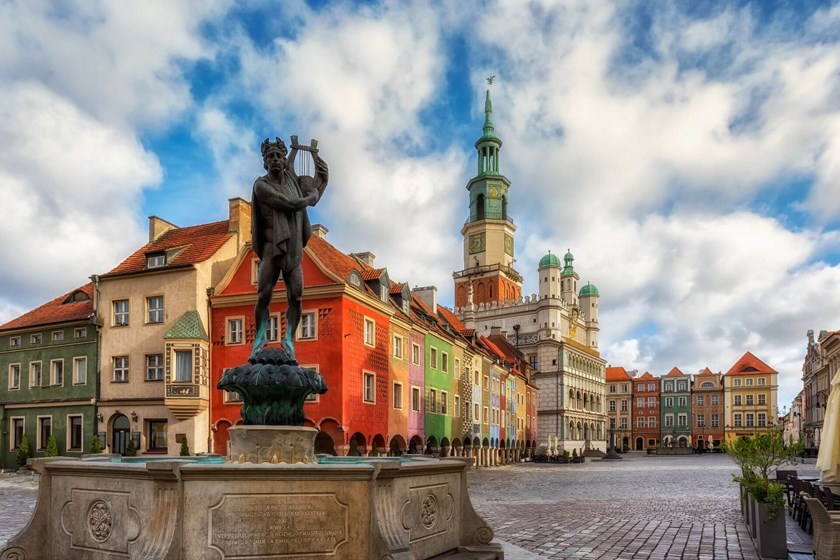
2. Poznań Town Hall and the Iconic Goats (Koziołki)
At noon every day, a delightful crowd gathers to watch the famous mechanical goats emerge from the Town Hall tower and butt heads twelve times — a unique spectacle rooted in a local legend dating back to the 16th century. The Renaissance Town Hall itself is an architectural masterpiece, often called “the most beautiful Renaissance building north of the Alps,” housing the Museum of the History of Poznań with rich exhibits on the city’s evolution, governance, and notable events.
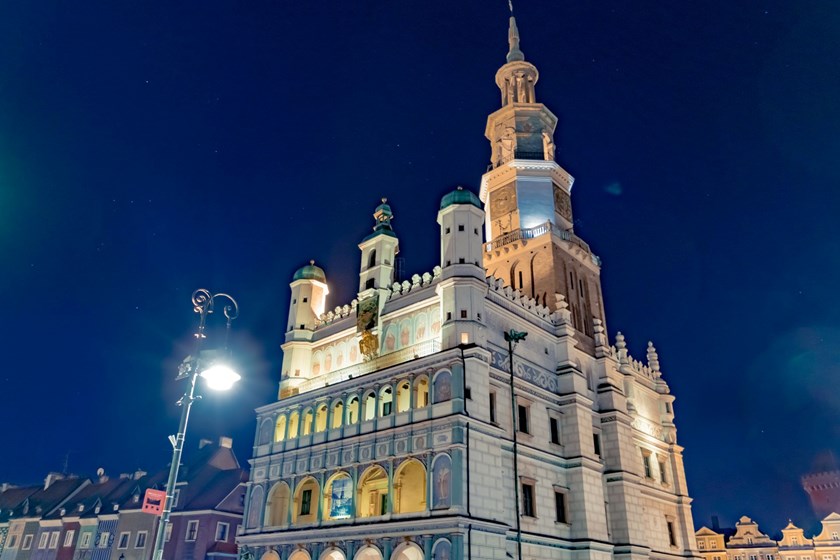
3. Ostrów Tumski (Cathedral Island) & Brama Poznania (orta Posnania) Museum
Known as the cradle of the Polish state, Ostrów Tumski is one of Poland’s oldest settlements. This island district is home to the Poznań Cathedral, the country’s first cathedral, dating back to the 10th century. The cathedral is notable as the final resting place of Poland’s first rulers, Mieszko I and Bolesław Chrobry. Walking through the tranquil streets of Ostrów Tumski immerses visitors in the spiritual origins of Poland with its collection of historic churches, monasteries, and archaeological sites revealing early Polish Christianity and medieval architecture.
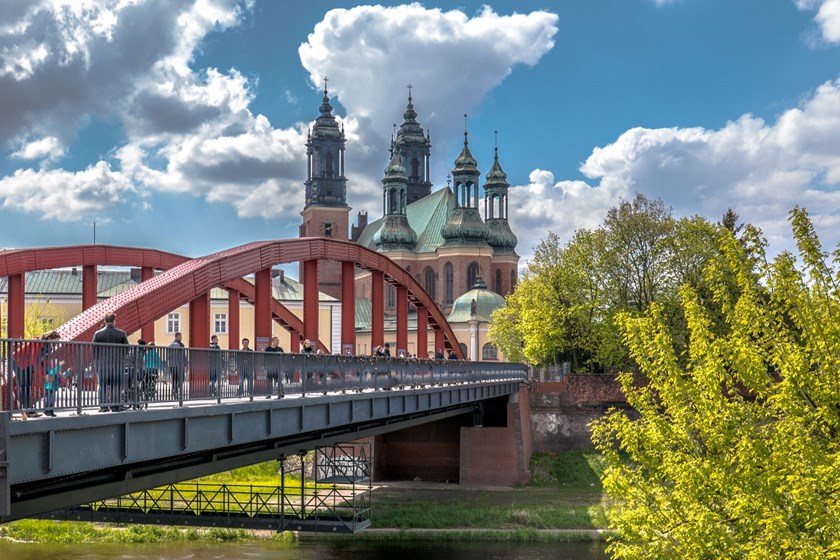
Located beside Ostrów Tumski, Brama Poznania (Porta Posnania) presents a cutting-edge interpretation of Poznań’s origins and the development of the Polish state using interactive technology and multimedia storytelling. The museum combines a minimalist architectural design with immersive exhibitions that include augmented reality experiences and documentaries, offering visitors a comprehensive understanding of the area’s cultural and historical significance.
4. Imperial Castle (Zamek Cesarski)
Built in the early 20th century for Kaiser Wilhelm II, the Imperial Castle is an architectural symbol of the city’s complex history. Today, it functions as a dynamic cultural center hosting art exhibitions, concerts, and theatrical performances. Within its walls, you’ll find the Museum of the Poznań June 1956 protests, highlighting a pivotal uprising against oppressive regimes, and the Enigma Cipher Centre, dedicated to the groundbreaking Polish contributions to WWII codebreaking. The Enigma Centre offers interactive exhibits explaining cryptography, digital technology, and the importance of intelligence in wartime history.
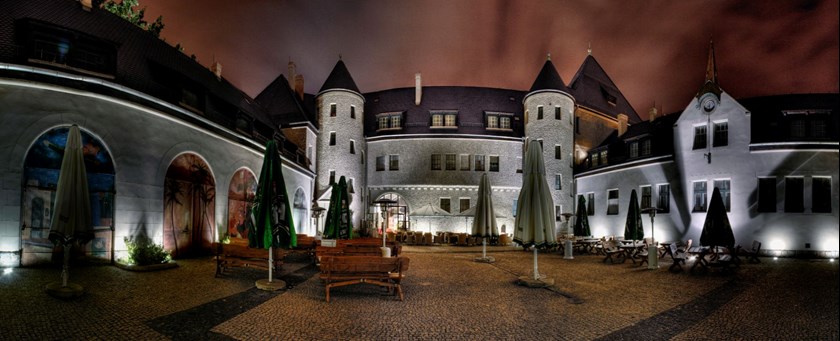
5. Poznań Fara (Parish Church of St. Stanislaus)
An outstanding example of Polish Baroque style, Poznań’s Parish Church (Fara) dazzles with its elaborate stucco work, intricate frescoes, and striking altarpieces. The church’s interiors represent some of Poland’s finest ecclesiastical art, displaying masterful craftsmanship and rich religious symbolism. Its acoustics also make it a renowned venue for classical music concerts and recitals.
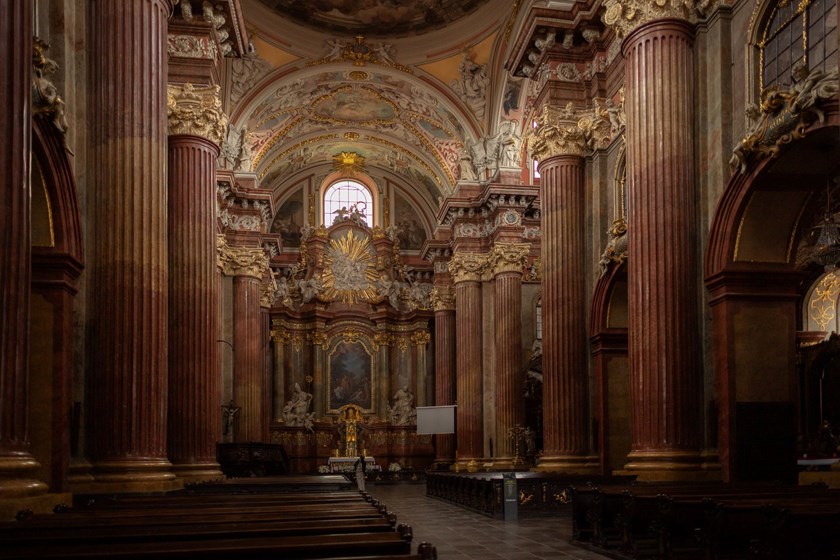
6. Stary Browar (Old Brewery)
More than a shopping center, Stary Browar is a cultural hotspot blending retail, contemporary art galleries, and entertainment within a transformed brewery complex. Recognized internationally for its innovative architecture and cultural programming, it hosts exhibitions, live music, and design-oriented events. Visitors can discover unique Polish fashion, art installations, and enjoy a vibrant café culture all under one roof, making it a must-visit for those interested in Poznań’s modern creative pulse.
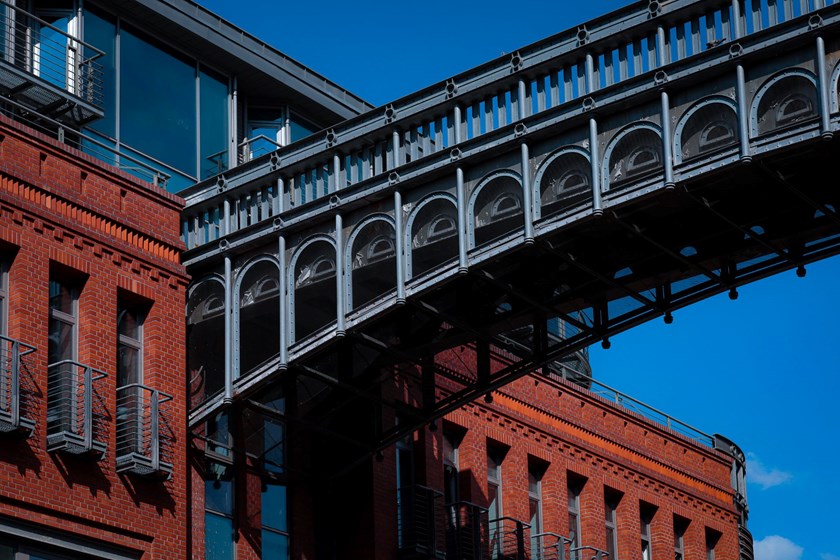
7. Rogale Świętomarcińskie (St. Martin’s Croissants) and the Croissant Museum
The legendary St. Martin’s Croissant is an emblematic Poznań delicacy with a centuries-old tradition tied to the city’s patron saint. This flaky pastry filled with a sweet white poppy seed mixture and topped with nuts and icing is recognized by the European Union as a protected regional specialty. The Rogalowe Muzeum Poznania (Croissant Museum) offers live baking demonstrations, historical insights into the origins of this treat, and engaging stories about its role in local culture and charitable traditions dating back to 1891, when it was first linked to helping the poor.

8. Palm House (Palmiarnia Poznańska)
One of the oldest and largest palm houses in Europe, this tropical greenhouse offers a lush escape from the winter chill in February. It houses a diverse collection of exotic plants from rainforests and desert climates, accompanied by colorful tropical birds and serene aquariums. The Palmiarnia provides an educational experience enriched by botanical exhibits and a peaceful atmosphere perfect for families, nature lovers, and those seeking a moment of tranquility in the city.
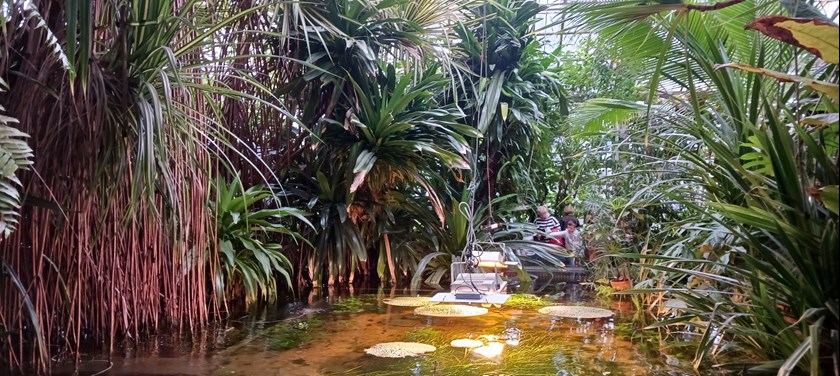
9. Historic Streets and Thriving Café Culture
Poznań’s charming streets outside the major landmarks are sprinkled with artisan shops, cozy cafés, and wine bars where locals and visitors mingle over craft coffee and regional delicacies. Early evenings bring a magical glow as the historic façades light up, creating an inviting ambiance for leisurely walks or social gatherings. Exploring these neighborhoods offers a genuine taste of Poznań’s contemporary lifestyle balanced with its rich heritage. Our insider tip is the Jeżyce district, full of secessionist tenement houses and atmospheric hipster cafés serving cuisine from around the world.
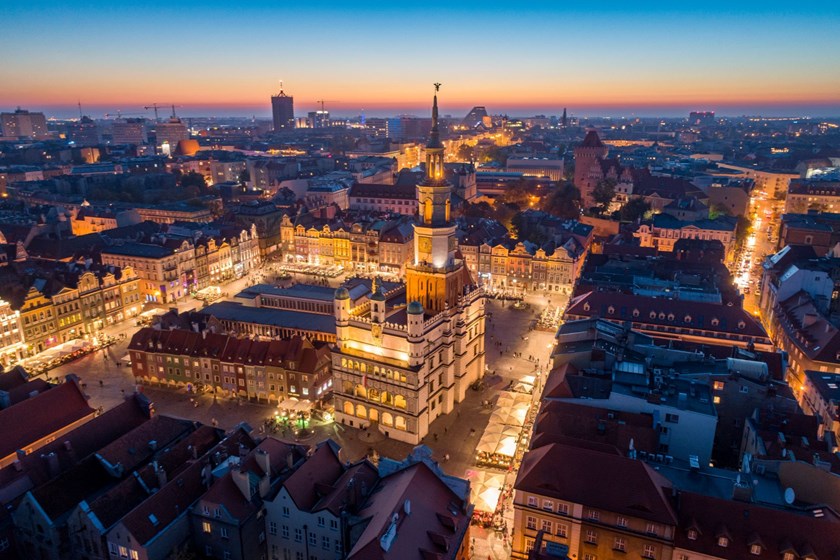
10. Dinner in Port Sołacz
In the most beautiful park in Poznań, a unique place awaits you in a more than 100-year-old, meticulously revitalised historic building, where you can taste the excellent dishes served in the local restaurant and relax in one of the extraordinary suites. Port Sołacz is located in close proximity to the centre of Poznań and is well connected to it, but the surrounding nature will make you feel relaxed and unwinded here, just like in Monet's idyllic painting. The menu, painstakingly arranged by award-winning chefs, offers something for everyone. The dishes combine current trends and flavors and Sołacz tradition. The pride of the establishment, alluding to the historical beginnings of the building itself, which was once a winery, is also the wine bar offering more than 150 different wines from 6 continents! In 2024, Port Sołacz was recommended by the prestigious MICHELIN Poland guidebook.
Reserve a table or room: +48 696 102 225, restauracja@portsolacz.pl
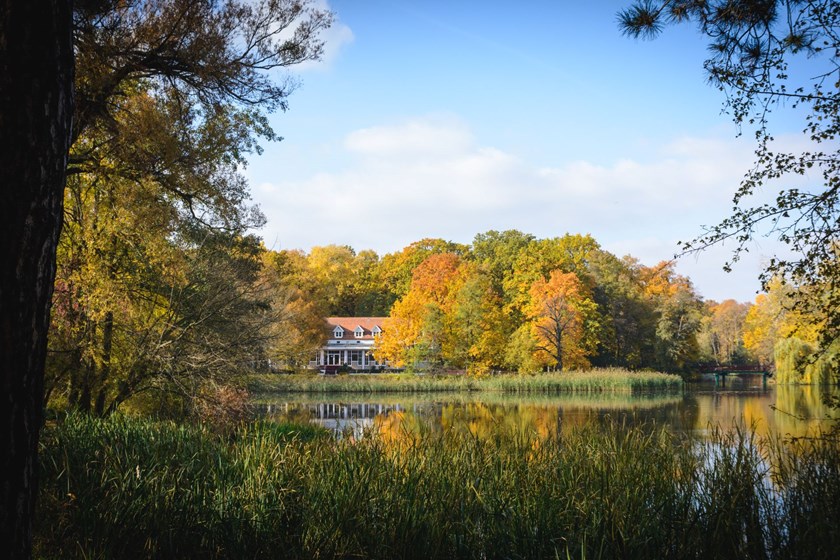
Plan your visit to the MEBLE POLSKA fair and make your trip an inspiring city break in one of Poland’s most captivating destinations.



